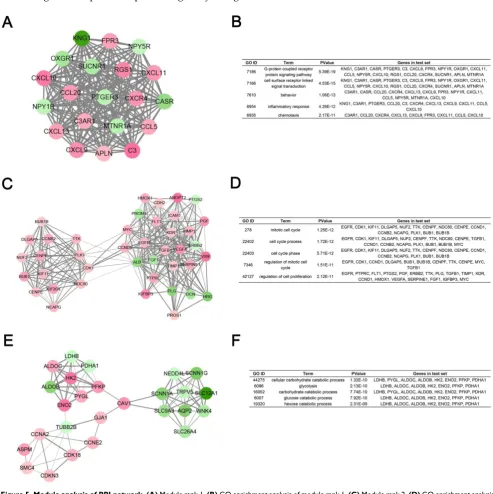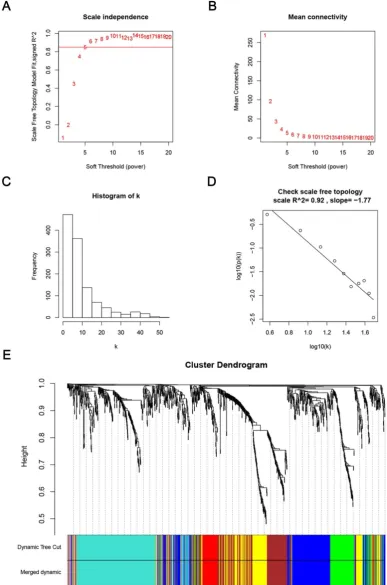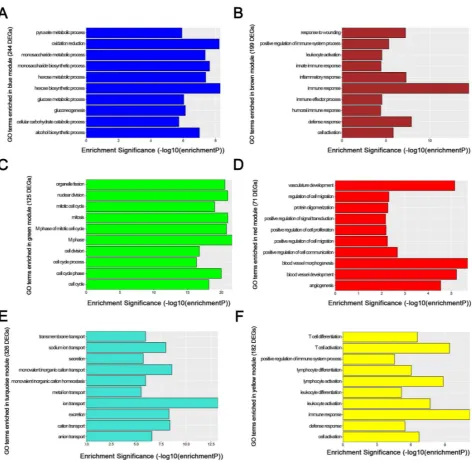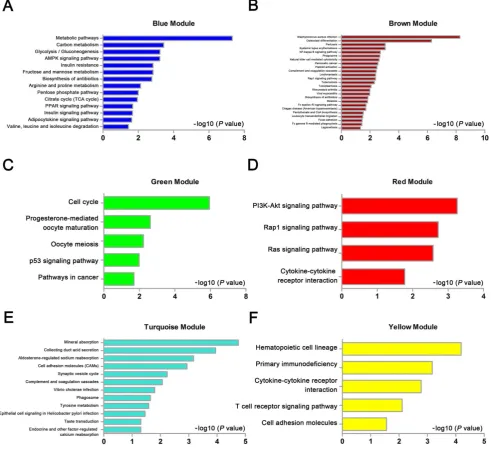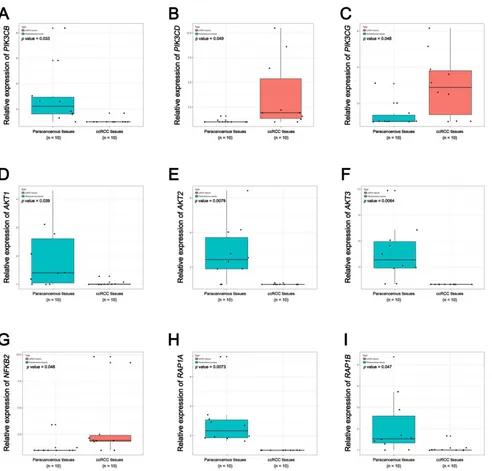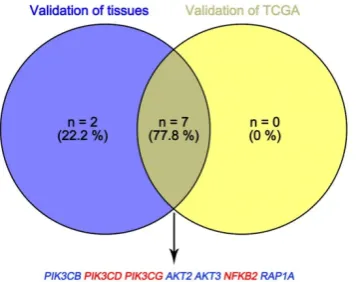Identification of key genes and pathways in human clear cell renal cell carcinoma (ccRCC) by co-expression analysis
Full text
Figure
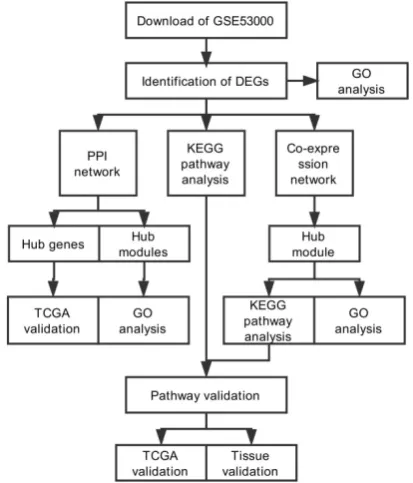
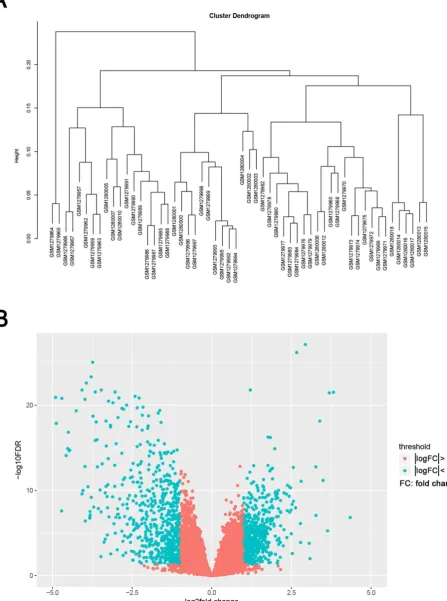
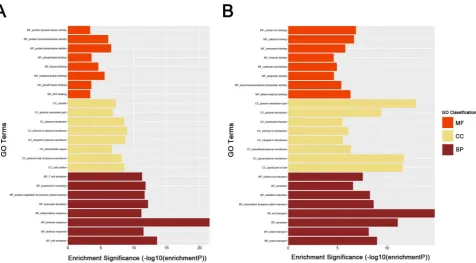
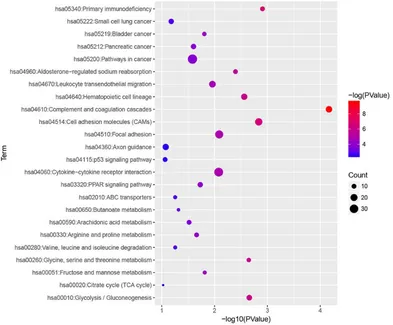
Related documents
9 Planted circular under-vaccination cluster in Minnesota (left) and discovered clusters using network scan statistics when the number of under-vaccinated children inside the cluster
We present our results based on three versions of the Phe- nomeNET ontology: the first version consists of the plain ontology using only the axioms provided in the Human
Biodiesel is a clean burning diesel fuel with a chemical structure of fatty acid alkyl esters. The
hatchery by detection of bacterial contamination and bacterial species variety of microorganisms in incubator wastes (dead in shell embryo's and culled day old chicks) as well
The average duration of hospital stay was 13 days, Patients admitted with sigmoid volvulus and large bowel malignancy had an average duration of hospital stay of 17 and
ADI-R: Autism Diagnostic Interview-Revised; ADOS: Autism Diagnostic Observation Schedule; AOSI: Autism Observation Scale for Infants; ASD: Autism spectrum disorder; BSRC: Baby
For this reason, we studied the clinical outcome of cephalothin versus vancomycin therapy of CONS neonatal septicemia in relation to susceptibility to methicillin and cephalothin
The 16 selected items from the three scales were submitted to discriminant function analysis in an effort to predict membership in either the autism group or the
